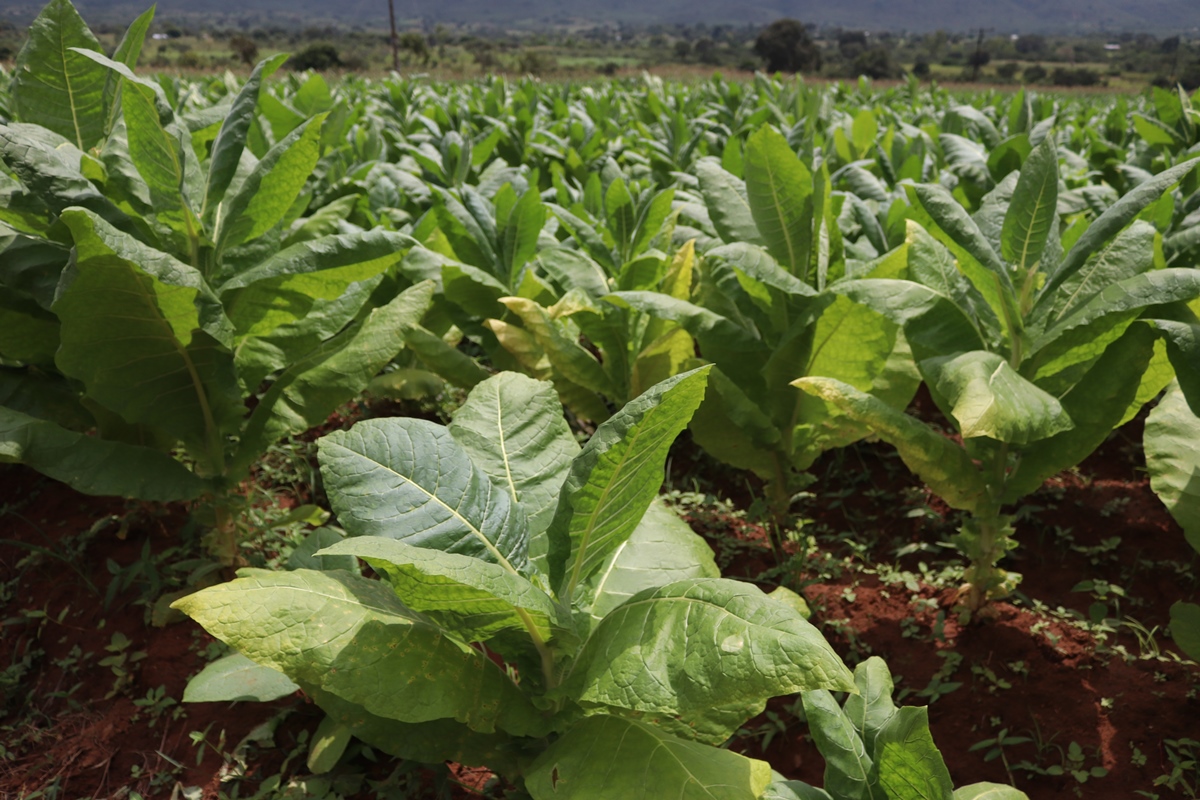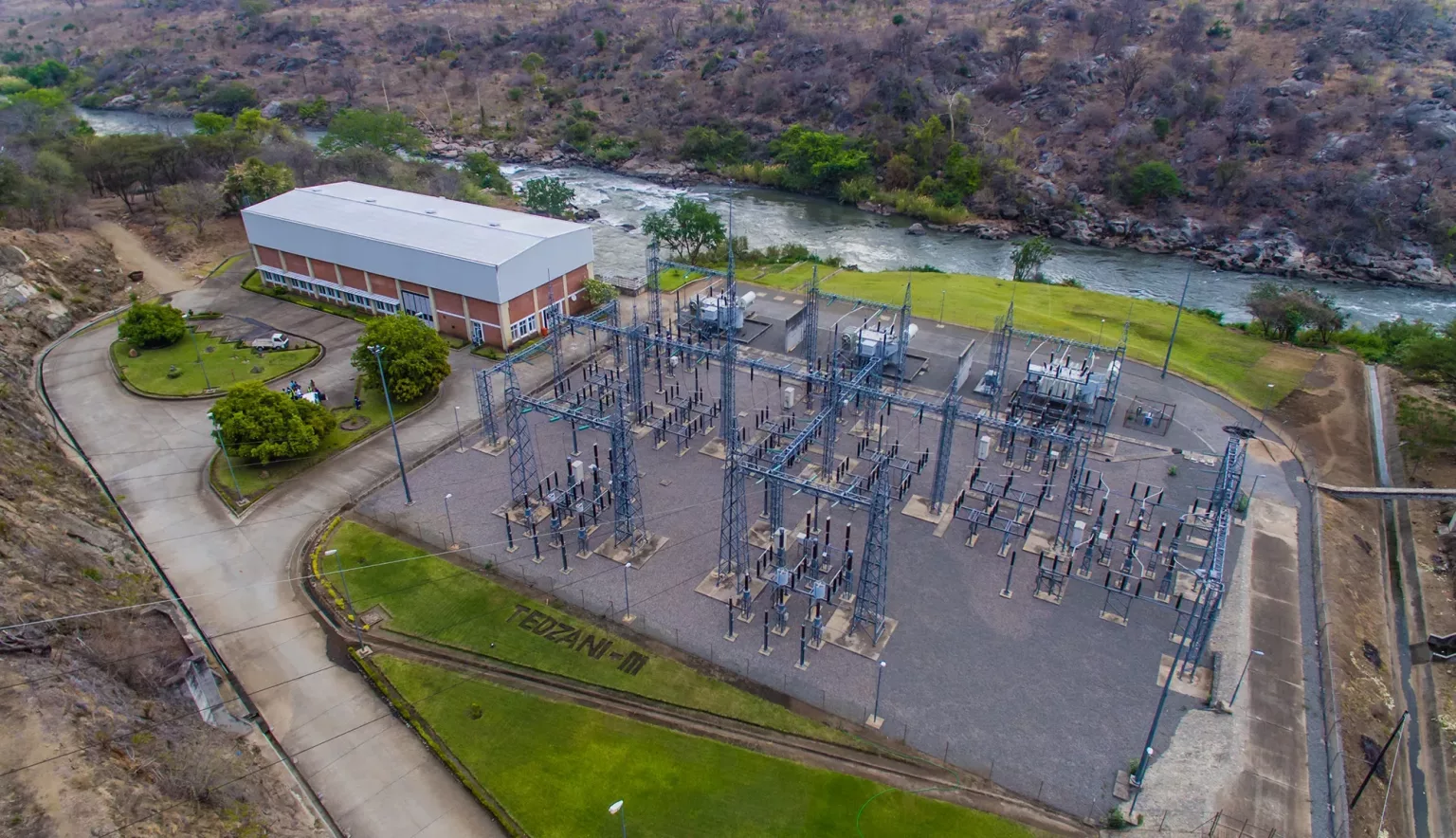
- +265 (0) 999 970 950 / 951
- mccci@mccci.com
- MCCCI Business Portal
Malawi is a land-locked country in south-eastern Africa, bordered by Mozambique, the United Republic of Tanzania and Zambia. It has a primarily agrarian economy, with 80 percent of the population living in the rural areas. The share of agriculture in GDP has dropped in the last decade from almost 40 percent in 2002 to around the average of 21 percent in recent years. Simultaneously, share of service (in GDP) has been rising to about 55 percent owing to reforms in the financial services sector, a boost in the telecom sector driven by a rise in mobile subscriptions and privatization of the transport sector.





According to the National Statistical Office (NSO), Malawi's Year-on-Year inflation rate rose to 28.2 percent in August 2025, up from 27.3 percent in July 2025, highlighting persistent inflationary pressures in the economy. Food inflation accelerated to 33.7 percent from 32.4 percent in July, while non-food inflation edged up slightly to 19.5 percent from 19.3 percent over the same period. A closer look at expenditure categories reveals broad-based increases, with notable rises in consumer essentials. Alcoholic drinks and tobacco rose from 23% to 25%, while clothing and footwear climbed from 37% to 39%, reflecting higher consumer goods costs. Housing, water, and electricity remained steady at 20%, indicating some stability in utility prices despite broader price pressures. Furnishing and household equipment increased from 31% to 33%, while health inflation jumped significantly from 18% to 21%, signaling rising costs of healthcare. Transportation stayed unchanged at 12%, and communication and recreation & culture also remained stable at 9% and 11%, respectively. Education costs held steady at 7%. However, restaurants and hotels rose from 28% to 30%, pointing to higher service-related costs, while miscellaneous goods and services stayed at 17%.
The total goods trade balance for Malawi improved slightly in June 2025, narrowing to a deficit of US$237.9 million from US$280.0 million (K490.3 billion) recorded in May 2025. This improvement was largely driven by a 112.6 percent (US$39.0 million) surge in export earnings, supported by seasonal tobacco sales, alongside a modest 1.0 percent (US$3.1 million) decline in imports during the month under review. Despite this positive shift compared to the previous month, the deficit in June 2025 remained marginally wider than the US$235.2 million recorded in the corresponding month of 2024, underscoring persistent structural weaknesses in the country’s trade position.
Exports rose sharply to US$73.6 million in June 2025 from US$34.6 million in May 2025, representing both a strong month-on-month recovery and a year-on-year improvement from US$53.7 million in June 2024. The seasonal upswing was primarily driven by tobacco sales, which increased to US$52.3 million, consistent with the peak of the mid-year tobacco marketing season that typically boosts foreign exchange inflows. On the import side, inflows fell slightly to US$311.5 million in June 2025, compared to US$314.6 million in May 2025, though they remained above the US$288.8 million recorded in June 2024. The marginal monthly decline was attributed to reduced imports of pharmaceuticals, cereals, and boilers & machinery. However, these declines were offset by higher imports of fuels, vehicles, printed books, newspapers, and fertilizers—inputs that reflect ongoing domestic demand for transport, energy, and agricultural productivity during the farming season.
The Malawi 2063 (MW2063) is Malawi's national vision through which Malawians aspire to transform the country into an inclusively wealthy and self-reliant nation by the year 2063. It is anchored on the three pillars namely; Agricultural Productivity and Commercialization, Industrialization and Urbanization. The MW2063 will be operationalized through four medium term strategies of 10 years each, starting with the MW 2063 First 10-year Implementation Plan (MIP-1) from 2021 to 2030. The MIP-1 is a collection of minimum catalytic interventions that have been determined to contribute to two key milestones of graduating the country to a middle-income status and meeting most of the United Nations Sustainable Development Goals (SDGs) by 2030.
In August 2025, the Malawi kwacha continued to show sustained weakness across major currencies when compared to both July 2025 and August 2024. Against the US dollar, the kwacha averaged MWK 1,750.32 in August 2025, only a marginal 0.01% appreciation from MWK 1,750.33 in July 2025, but significantly weaker compared to MWK 1,750.33 in August 2024, showing prolonged depreciation pressures. Against the British pound, the exchange rate rose from MWK 2,403.67 in July 2025 to MWK 2,418.39 in August 2025, while in August 2024 it stood at MWK 2,328.13, reflecting a year-on-year depreciation of about 3.9%. Similarly, the kwacha depreciated against the euro, moving from MWK 2,076.02 in July 2025 to MWK 2,093.87 in August 2025, compared to MWK 1,891.77 in August 2024, a year-on-year fall of nearly 10.7%. For businesses, this persistent depreciation translates into higher import costs for fuel, machinery, raw materials, and pharmaceuticals, thereby raising production costs and consumer prices. Exporters may benefit from relatively higher returns in kwacha terms, but the gains are undermined by structural supply-side bottlenecks that limit the country’s capacity to expand exports.
The Monetary Policy Committee (MPC) of the Reserve Bank of Malawi held its third meeting of 2025 on July 30–31 to review recent macroeconomic developments and assess the inflation and growth outlook. After careful evaluation, the Committee resolved to maintain a tight monetary stance, keeping the Policy Rate at 26.0 percent, the Lombard Rate at 20 basis points above the Policy Rate, and the Liquidity Reserve Requirement (LRR) at 10.0 percent for local currency deposits and 3.75 percent for foreign currency deposits.
This decision underscores the MPC’s cautious approach to balancing inflation control with economic stability. Although headline inflation moderated from 30.7 percent in February to 27.1 percent in June 2025, the Committee noted that this decline remains insufficient to restore medium-term price stability.
In August 2025, the Malawi Stock Exchange (MSE) experienced a remarkable surge in market activity, signaling renewed investor confidence and improved liquidity in the equity market. A total of 108.31 million shares were transacted at a total consideration of MK59.50 billion (US$34.32 million) across 4,345 trades. This represents a staggering 106.32% increase in trading volume compared to July 2025, when 52.04 million shares worth US$16.63 million were traded in 4,501 transactions. The significant increase in value and volume of trades highlights not only heightened investor participation but also stronger demand for equity instruments.
The Malawi All Share Index (MASI) registered a robust month-on-month gain of 38.58%, climbing from 386,281.85 points in July 2025 to 535,303.19 points in August 2025. This sharp upward movement was largely driven by price gains across major counters, including Standard Bank, NICO, NBS, PCL, NITL, FDH Bank, FMBCH, NBM, Airtel, BHL, ICON, Sunbird, Illovo, and Old Mutual (OMU). These gains more than offset the share price decline recorded by TNM, resulting in a broad-based increase across the index
The unemployment rate in Malawi decreased to 5.60 percent in 2022 from 5.70 percent in 2021. The unemployment rate in Malawi averaged 4.99 percent from 1991 until 2022, reaching an all-time high of 5.70 percent in 2020 and a record low of 4.80 percent in 1991. The top three sectors that employ more people are agriculture, forestry, and fishing, construction and transportation and storage according to NSO 2018.
Malawi’s economy in 2025 is expected to record modest growth, although performance will remain fragile and uneven across sectors. Real GDP is projected to expand by 2.8 percent, up from 1.7 percent in 2024. While this points to some recovery, the projection is a notable downward revision from the 4.0 percent growth forecast in the October 2024 national accounts survey. The weaker outlook is mainly linked to the underperformance of agriculture, the backbone of Malawi’s economy, whose growth forecast was cut sharply from 4.5 percent to 1.3 percent. The sector has been hit by a series of shocks, including the late onset of rains, prolonged dry spells in several key producing districts.
Adding {{itemName}} to cart
Added {{itemName}} to cart